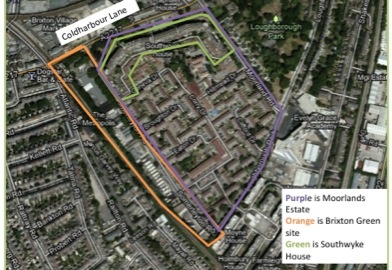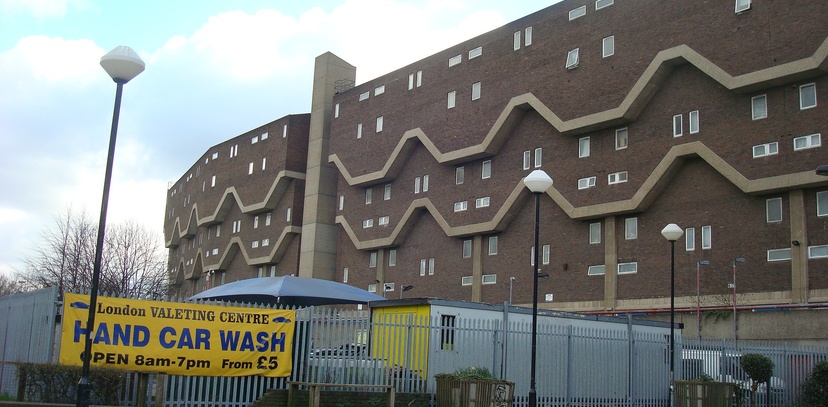

Social Life has been working with Brixton Green in South London over the summer. Brixton Green has been set up to regenerate an under-used strip of land close to the heart of Brixton. It is owned and run by local people, constituted as a non-profit registered mutual society. All local residents can become share holders for £1.
We carried out a rapid assessment of wellbeing and resilience on the Moorlands estate, next to the Brixton Green site, to help Brixton Green understand their potential impact on the wider neighbourhood, and also to feed into plans for the redevelopment.
Using the Young Foundation's WARM (wellbeing and resilience) measurement tool we found that wellbeing and resilience in the area are low, but that strong social networks and sense of belonging could become the basis of a new approach to tackle some of the emotional needs within the community, to help tackle isolation and alienation.
Brixton Green is focused on a narrow strip of land, alongside the train line that divides Brixton town centre from the Moorlands estate and other areas that are primarily social housing. Although the site is just 400 yards from Brixton tube, it has considerably lower activity economic activity, and higher crime, than the other side of the tracks.
The community led regeneration plans propose housing, a new health centre and nursery, and a new arts and cultural centre. It aims to provide a bridge between the rapidly gentrifying areas of Brixton and the east side, which has benefitted less from recent prosperity.
Although much is known already about the circumstances of the Moorlands estate, through deprivation statistics, and the knowledge held within the local community and local agencies, there has been no systematic attempt to measure the wellbeing and resilience of the estate.
Understanding wellbeing and resilience, the ability to bounce back in the face of adversity, can reveal different strengths and vulnerabilities within a local area than conventional deprivation statistics. A wellbeing and resilience analysis helps pinpoint the assets in a local community, what and what helps people flourish, as well as revealing often concealed psychological needs, including anxiety and loneliness.
WARM (the Wellbeing and Resilience measure) has been developed to understand community wellbeing and resilience at the very local level using publically available national data from surveys run by government and research councils. We also spoke to a small number of key contacts within the local community.
WARM data tell us what communities with the same characteristics are likely to be experiencing, the interviews establish to what extent these findings are mediated by local circumstances.
Our work revealed that:
Our work suggests that interventions that boost positive social networks, tackle the stigma of the area, and tackle some of the psychological barriers to quality of life will help reinforce the assets of the area. If residents feel more empowered and less isolated, then their detachment from official agencies may lessen, and their sense of agency increase.
This article was written by Nicola Bacon. The report can be downloaded here.
